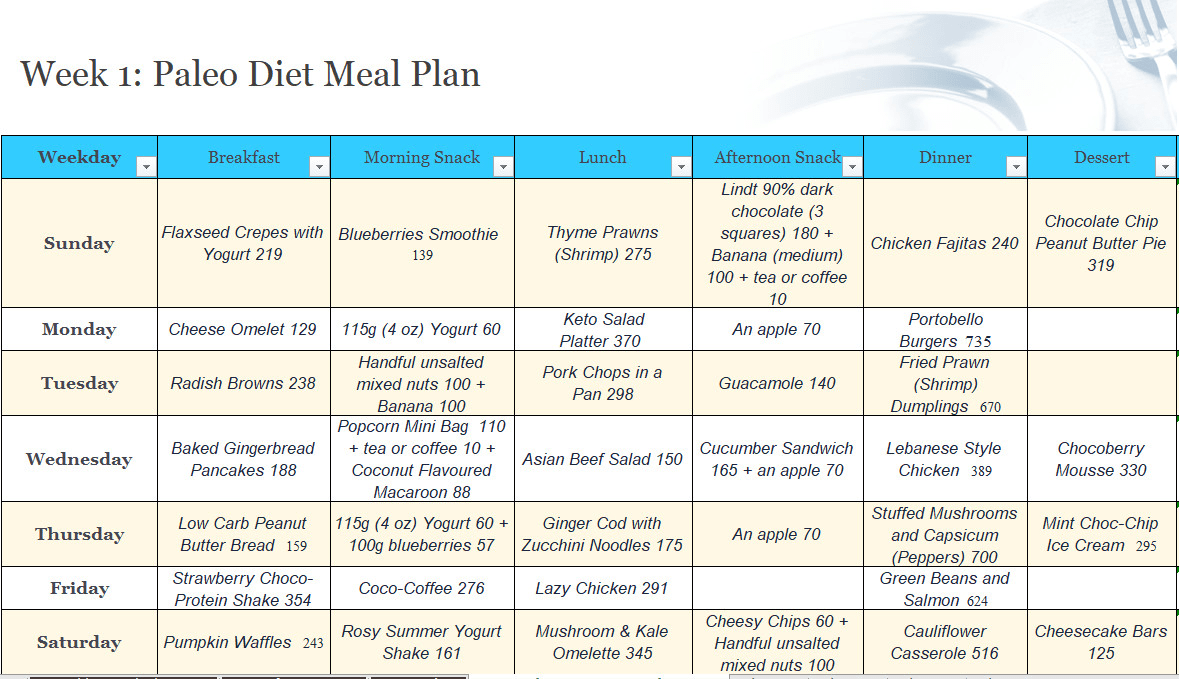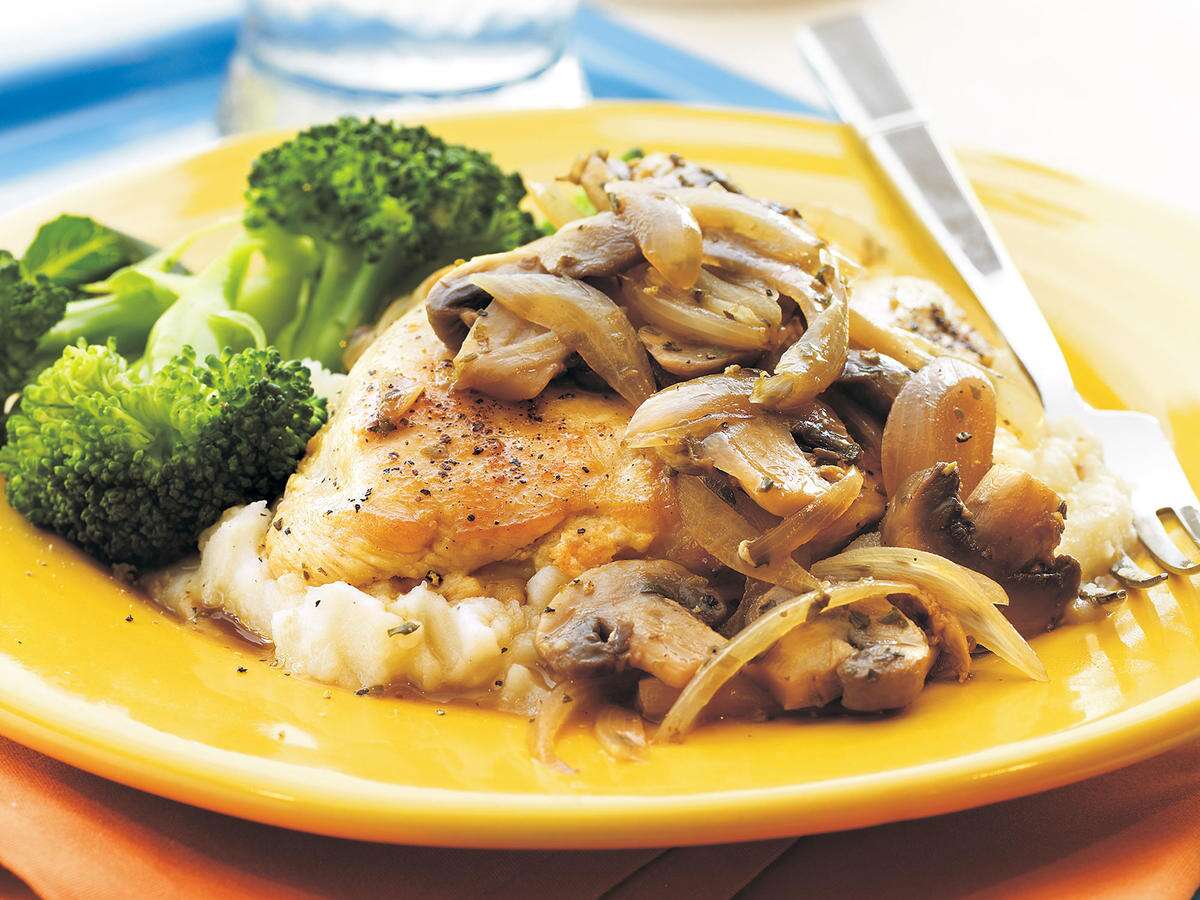
It might be a good idea to check out reviews about the Paleo diet, especially if you are new to it or have never tried it. We will talk about the possible health benefits, potential side effects, and its application. Whole grains, fruits and nuts are the main ingredients of this diet. It excludes meat unless you're bow hunting in the wild. The diet contains moderately high amounts of dairy, which can be a good source to calcium. This includes whole grains along with legumes.
Problems with the Paleo diet
The Paleo diet is not without its problems. Not only is it too high in meat and eggs, it also rejects many healthy foods, including dairy and grains. The Paleo diet does not have scientific support, despite its apparent benefits. These are the top problems that this diet can cause. Listed below are some common Paleo diet problems. Make sure you weigh all your options before making the switch.
Paleo diet follows the principle that humans evolved to eat seafood and meat. Since there are very few edible plants in the Arctic, these people were able to adapt to lack of plant food and remain healthy. Paleo does not encourage the consumption of grains. But, this diet offers many benefits and can be incorporated into your diet to help you stay lean and healthy.
Potential health benefits

Paleo is a high-protein diet with low carbohydrate and protein. This may be beneficial for people who have metabolic health issues. The reduced intake of sugars (which are often associated to insulin resistance), increases the body’s capacity to process glucose and improves insulin sensitivity. Because the body is less likely to consume grains and legumes, it may be beneficial for people suffering from autoimmune diseases. However, excluding whole grains from your diet can lead to lower intakes of beneficial nutrients, as well increase the risk for diabetes and cardiovascular disease.
A study published in American Physiological Society recently showed that the diet decreased biomarkers of inflammation. It may also lead to a decrease in prescription drug usage in patients with type II diabetes. Additional research is necessary to confirm these benefits and to determine if it can reduce medication. The diet discourages high-processed foods but many have enjoyed significant benefits. Paleo does require people to avoid refined foods like pastas and breads.
Possible side effects
Some of the side effects of the paleo diet may be related to the absence of cereal grains. The absence of cereal grains will reduce your intake of fiber and B vitamins, which are important for regulating blood sugar levels. You could also get diabetes if you eliminate grains. In addition, cereal grains also contain important nutrients like iron and magnesium, which can lower cholesterol and protect your body from chronic diseases. But, if cereal grains have been consumed for a long period of time, you should be aware that there are possible side effects to the paleo diet.
Bad breath is one the most prominent side effects of Paleo. This side effect varies depending on what you eat, how your body processes food, and how your metabolism works. If you are in ketosis, your breath can smell very foul. The increased amount of protein in your diet can increase your body's production of hydrogen sulfuride. This can lead to unpleasant burps, including a smell that resembles eggs.
Applicability

Although Paleo claims many weight loss benefits and healthier living, it doesn't have enough research backing its claims. The diet limits or completely eliminates entire food groups, such as grains and dairy products. This can result in high levels of saturated fat and other key nutrients being lost. It is classified as somewhat hazardous. These are reasons you shouldn't eat Paleo.
The Paleo diet encourages lean meat consumption in addition to avoiding dairy protein. It can also be used as part of a nutrition plan that is tailored to power and strength athletes. The diet is more restricted in the off-season than it is during the sport seasons. However, it can be more flexible during that time. This allows athletes more CHO to be incorporated into their diets during sport season. It may be challenging for strength/power athletes, however, to stick to this diet plan.
FAQ
How much does it cost to study Culinary Arts?
Prices for studying culinary arts vary widely. A four-year degree in culinary arts typically costs around $40,000. A two-year associate's program may be less expensive at $5,000. Tuition rates depend on the type of program you select. The tuition rates for private institutions are usually higher than those of public universities.
What are the requirements to become a chef?
To be a chef you need a bachelor's level in culinary arts. A series of tests must be passed by the ACF. After completing these requirements, you will be awarded a certificate that confirms your qualifications.
Is there a better way to learn to make delicious meals?
Cooking can be something everyone should master. If you don't know how to cook, you miss out on some great food experiences. First, find a recipe that appeals to you and then follow it closely. The next step is to practice making small modifications to the recipe until it becomes second nature. The last step is to cook for others. You will learn a lot and be able to show off your cooking skills.
What should a beginning cook learn first?
A beginner should start cooking something easy, like pasta, rice, or soup. You can learn how to cook by looking at a cookbook or watching a YouTube video. Cooking is fun when you do it with someone else. Have a group of friends cook, or cook together.
What are the benefits of using a slow cooker?
Slow cookers are useful because they can make delicious meals in a fraction of the time. Slow cooker recipes are healthier than traditional ones because they use less oil and fat. Additionally, slow cookers are more convenient than traditional recipes because they take care for themselves while you're sleeping.
What skills do I need to get into culinary school?
You will need to know how to cook, understand food safety regulations, and be able work under pressure in order to become a chef. You should enroll in cooking classes at local community colleges or high schools to learn how to cook. After you have learned the basics, you can apply for jobs in a restaurant or catering business.
Which career path is best for someone who wants a career as a chef or chef? How can I get started in my career as an chef?
If you're interested in becoming a chef, you should consider starting as an apprentice. Apprenticeships offer the chance to work for several year without any tuition fees. After you complete your apprenticeship, it is possible to apply for a job as a sous-chef. Sous chefs assist cooks with tasks such as making salads, and desserts. They also oversee the restaurant's operations.
Statistics
- under 10 Kids have been taught that there is special food just for them, and Fiese says that 10 percent of kids will throw a tantrum if they don't get the food they want. (washingtonpost.com)
- The median pay for a chef or head cook is $53,380 per year or $25.66/hour, according to the U.S. Bureau of Labor Statistics (BLS). (learnhowtobecome.org)
- In the United States, the category is estimated at $23.2 billion annually and is growing faster than the market. (washingtonpost.com)
External Links
How To
How to cook a steak
The right cooking method for any type of meat depends on its thickness. Thicker steaks can be cooked on a low heat. Thicker steaks need to be cooked at higher temperatures.
It's important to not overcook the steaks as they will lose their taste. Remember to take your steak out of the oven when it's done. You won't burn.
Cooking times depend on the size of the steak and the desired degree of doneness. Here are some general guidelines:
Medium Rare: Cook the meat until it reaches medium rare (63°C). This takes between 3 and 5 minutes per side.
Medium: Cook to medium (or until the internal temperature reaches 160degF/71degC). This takes approximately 6 minutes per side.
Well Done: Cook until well done, which means the internal temps reach 180degF (82degC). This can take between 8-12 minutes per side.